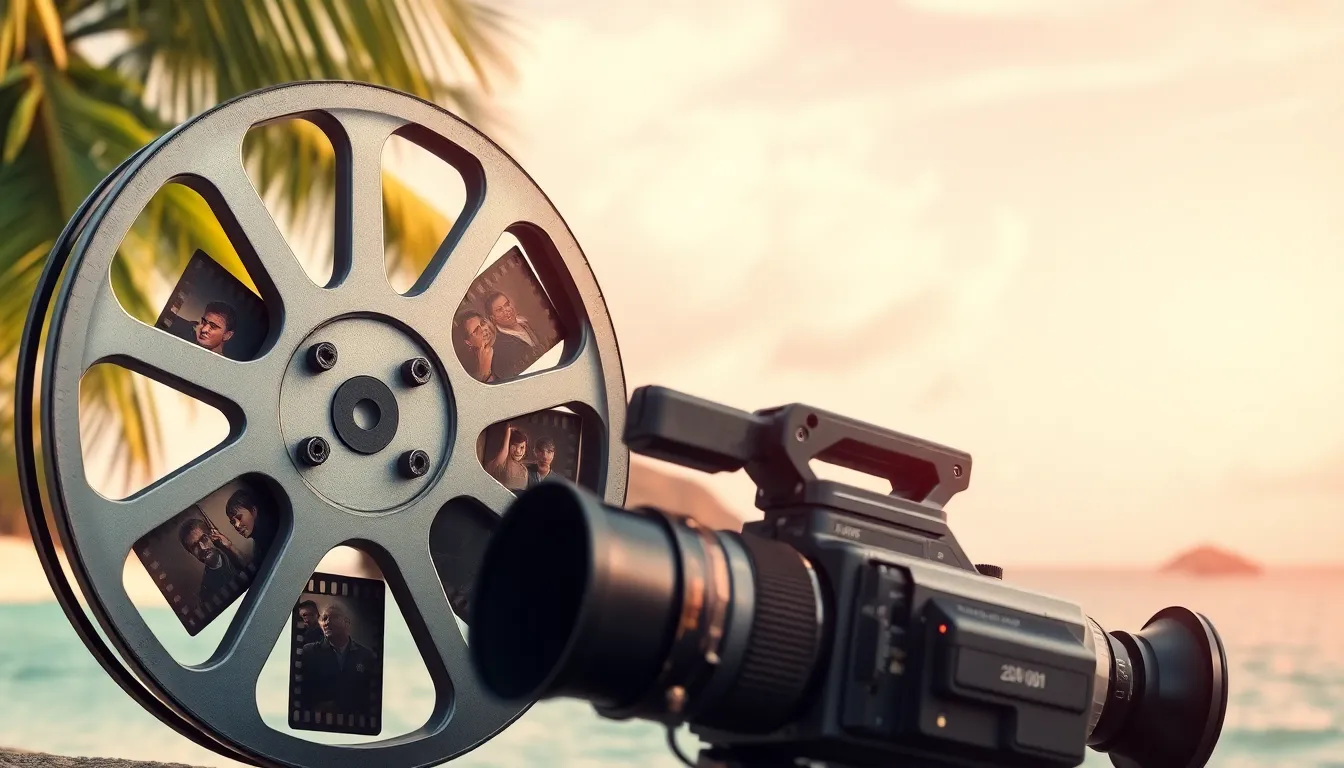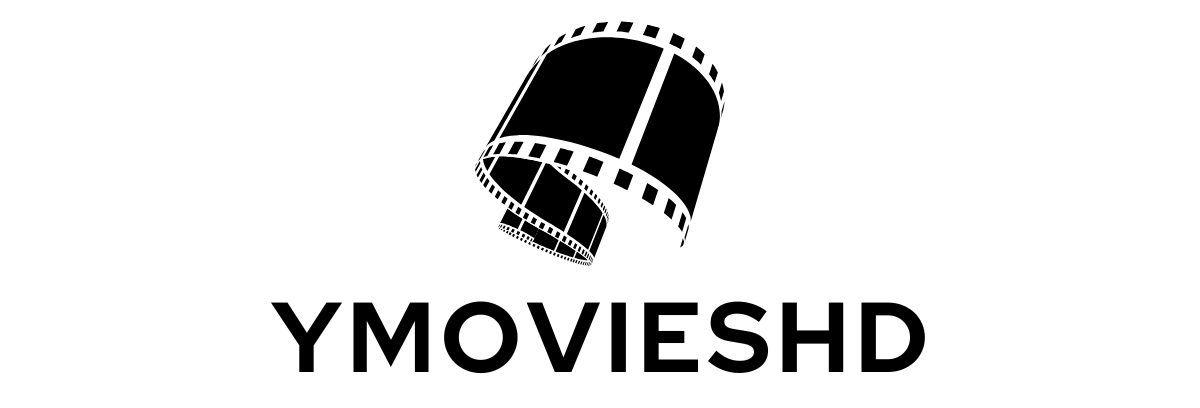When it comes to cinematic adaptations of classic literature, few evoke as much debate as “Lord of the Flies.” This tale of stranded boys descending into chaos raises eyebrows and questions about human nature. But how does the film stack up against the original novel?
Lord of the Flies Movie Rating
“Lord of the Flies” encompasses several film adaptations of William Golding’s novel. The most notable adaptations include the 1963 version directed by Peter Brook and the 1990 adaptation directed by Harry Hook. Each interpretation presents unique artistic choices while capturing the essence of the source material.
The 1963 adaptation features a more straightforward portrayal of the boys’ descent into savagery. It retains the novel’s critical themes of civilization versus chaos. Critics generally praise this version for its fidelity to the book and its ability to convey the darker elements of Golding’s narrative.
In contrast, the 1990 adaptation takes creative liberties. This version modernizes the setting, engaging with contemporary themes like social media and youth culture. While it attracted some viewers for its stylistic choices, many critics argue that it strays too far from the novel’s core message about humanity’s inherent flaws.
Both adaptations prompt discussions about the effectiveness of translating literary themes onto the screen. Some viewers appreciate how the films visualize the internal conflicts faced by the characters. Others critique them for lacking the depth and nuance found in Golding’s prose.
Movie ratings vary across platforms, reflecting divergent audience experiences. The 1963 film holds a rating of around 6.7 on IMDb, indicating moderate reception. The 1990 version, however, has a lower score of approximately 5.6, suggesting less favorable opinions.
Exploring these adaptations allows fans to examine how filmmakers interpret complex themes. By analyzing cinematic techniques and visual storytelling, one can better appreciate the rich narrative originally crafted by Golding.
Key Ratings and Critiques

“Lord of the Flies” film adaptations receive varied ratings and critiques from audiences and critics alike. Understanding these ratings offers insight into the films’ effectiveness in conveying themes from the novel.
Audience Ratings
Both film adaptations showcase distinct audience responses. The 1963 version holds a solid IMDb rating of 6.7, reflecting its classic appeal. Many viewers appreciate its faithful adaptation and character development. In contrast, the 1990 adaptation garners a lower score of 5.6, indicating mixed reactions. Some audiences find its modern setting engaging, yet others feel it dilutes the novel’s core messages. Overall, audience ratings highlight a divergence in preferences between traditional and contemporary interpretations.
Critical Reception
Critical reception reveals additional layers of evaluation. Critics often praise the 1963 adaptation for its authenticity and cinematic craftsmanship. It effectively captures the moral dilemmas present in Golding’s work. Meanwhile, the 1990 version receives mixed reviews, with some critics arguing that its modernization sacrifices depth for relevance. Several reviews noted the shift in themes, stressing its departure from the original narrative. This discrepancy between critical and audience perspectives underscores the challenge of adapting classic literature to modern contexts.
Comparison to the Book
Adapting “Lord of the Flies” into film has generated significant discussion about how closely the movies reflect William Golding’s original narrative. It’s essential to examine both themes and character representation to understand the nuances of these adaptations.
Themes and Adaptation
Themes of civilization versus savagery dominate Golding’s narrative, and the 1963 adaptation emphasizes these concepts faithfully. Stripped down to its core, the film showcases the boys’ gradual shift from order to chaos. Contrastingly, the 1990 version introduces modern elements, which some critics argue distract from the core messages about humanity’s inherent flaws. Despite its attempt to resonate with contemporary audiences, it often dilutes the philosophical inquiries Golding explored. The essence of the struggle between civility and primal instincts remains, albeit through different lenses.
Character Representation
Character representation varies distinctly between the adaptations. The 1963 version stays true to the character dynamics present in the book, effectively capturing each boy’s transformation throughout the ordeal. Viewers witness Ralph’s leadership and Jack’s descent into savagery. In contrast, the 1990 film modernizes character interactions, adding layers that some argue complicate Golding’s original intentions. This adaptation attempts to apply relevance to new generations, yet risks altering character motivations and relationships. The depth originally crafted by Golding is often overshadowed by attempts at modernization in the later film.
Different Film Adaptations
The adaptations of “Lord of the Flies” vary significantly in their portrayals. Each film brings its unique perspective to William Golding’s narrative, eliciting different audience reactions.
1963 Film Overview
Peter Brook directed the 1963 adaptation, celebrated for its faithfulness to the original text. The film captures the boys’ descent into savagery effectively, showcasing key themes like civilization versus chaos. Critics commend its authentic representation of character dynamics and moral dilemmas. A moderate IMDb rating of 6.7 reflects its solid reception. Viewers appreciate how the adaptation emphasizes character development, offering a raw exploration of human nature. Its minimalist style enhances the narrative, drawing audiences into the unfolding chaos that Golding intended.
1990 Film Overview
The 1990 adaptation directed by Harry Hook takes a modernized approach that lends itself to contemporary themes. Critics argue this version strays from Golding’s core message, opting for relevance over depth. A lower IMDb rating of 5.6 aligns with mixed audience responses. Some appreciate the attempt to engage modern viewers, while others feel it dilutes essential themes about humanity’s flaws. The film incorporates social media elements, which might resonate with younger generations but risks overshadowing the original narrative’s richness. Significant changes to character interactions complicate the film’s alignment with Golding’s intentions.
Conclusion
The cinematic adaptations of “Lord of the Flies” offer varied interpretations of Golding’s profound themes. The 1963 version stands out for its faithful representation of the novel’s essence while the 1990 adaptation attempts to modernize the story but risks losing its core message. Viewers’ ratings reflect these differing approaches with the 1963 film earning a respectable IMDb score and the 1990 version receiving mixed reviews.
Ultimately the effectiveness of these adaptations hinges on how well they convey the complexities of human nature and the struggle between civilization and chaos. As audiences continue to engage with these films they’re invited to reflect on the enduring relevance of Golding’s work in today’s world.

